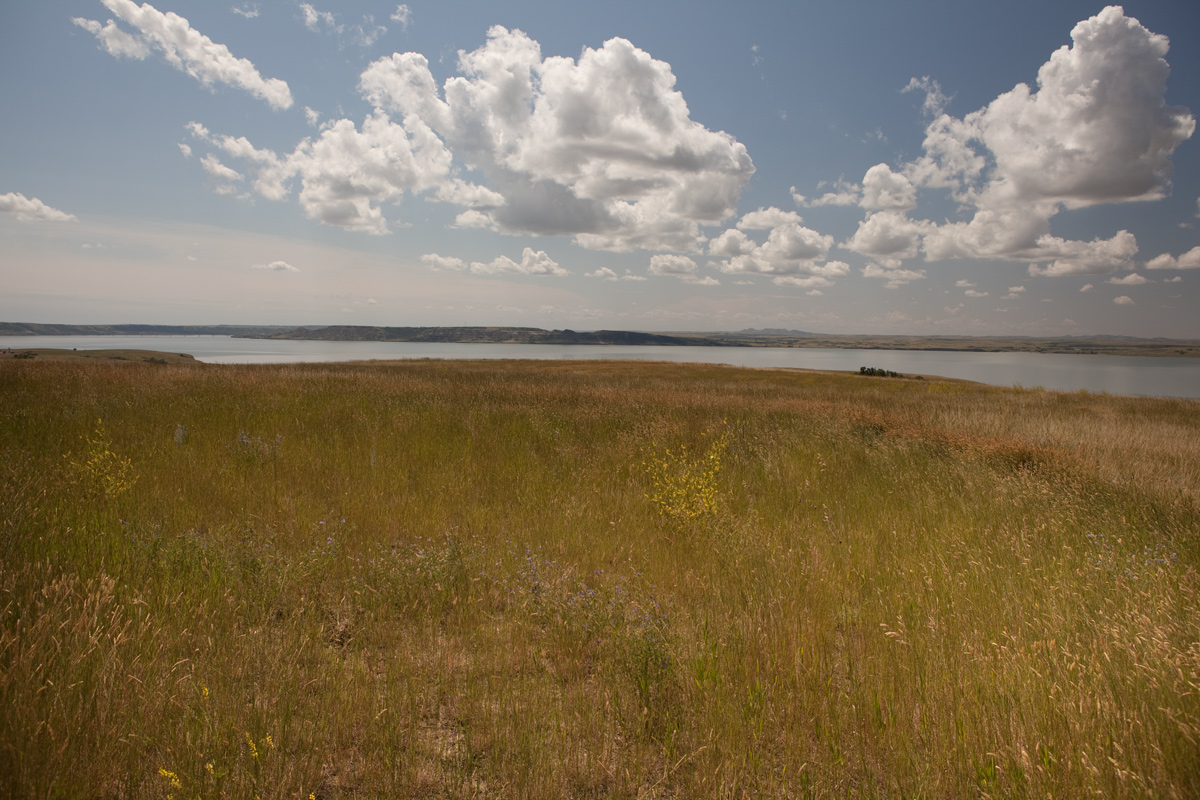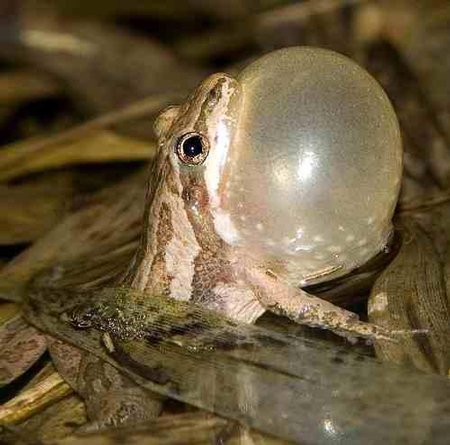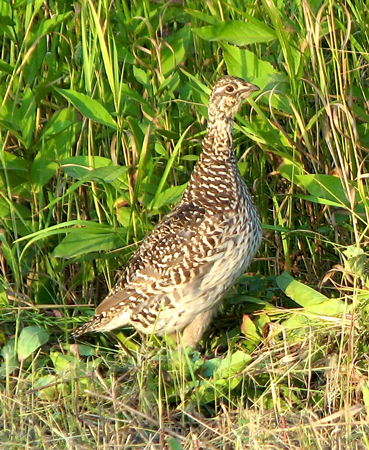Lewis walks on the shore and observes fertile plains, salty creeks, several sharp-tailed grouse, and empty Indian encampments. Clark commands the boats and nearly gets a shot at a grizzly bear. After 22 miles, they camp above present Four Bears Village, North Dakota.
Water Unfit to Drink
by Yellowstone Public Radio[1]Originally aired weekdays by Yellowstone Public Radio during the Bicentennial observance of 2003-2006. Narrated by Hal Hansen. Scripts by Whit Hansen and Ed Jacobson. Produced by Leni Holliman. © … Continue reading
Four Bears Village
© 28 July 2011 by Kristopher K. Townsend. Permission to use granted under the Creative Commons Attribution-Share Alike 4.0 International license.
Fertile Plain
after brackfast I walked on Shore and assended to the high Countrey on the S. S. and off from the Missouri about three miles the countrey is butifull open fertile plain the dreans take theer rise near the Clifts of the river and run from the river in a N E derection as far as I could See
—William Clark
Brackish Waters
in my walk which was about 6 miles I passed a small rivulet of clear water making down from the hills, which on tasting, I discovered to be in a small degree brackish. it possessed less of the glauber salt, or alumn, than those little streams from the hills usually do.—
—Meriwether Lewis
Assiniboine Goat Pen
I saw the remains of Several Camps of ossinniboins [Assiniboines], near one of those camps & at no great distance from the mouth of the aforesid Creek, in a hollow, I saw a large Strong pen made for the purpose of Catching the antelope [pronghorns]
—William Clark
Grizzly Encounter
Saw a large black bair and 2 white ones on the N. S. Capt. Clark was near Shooting one of the white ones.
—John Ordway
Chorus Frogs
in a little pond of water fromed by this rivulet where it entered the bottom, I heard the frogs crying for the first time this season;
—Meriwether Lewis
Sharp-tailed Grouse
these birds appeared to be mating; the note of the male is kuck, kuck, kuck, coo, coo, coo. the first part of the note both male and female use when flying. the male also dubbs something like the pheasant, but by no means as loud.
—Meriwether Lewis
Weather Diary
State of Thermometer at rise
Weather Wind at rise
State of Thermometer at 4 P.M. Weather Wind at 4 P.M. State of the River 51 [above 0] fair E 78 [above 0] fair S W. fallen ½ in. several flocks of white brant with black wings pass us today, their flights was to the N. W. the trees now begin to assume a green appearance, tho’ the earth at the debt of about three feet is not yet thawed, which we discovered by the banks of the river, falling in 〈to the river〉 and disclosing a strata of frozen eath.—
—William Clark and Meriwether Lewis[2]To assist the reader, the editor of this web page has omitted the date column, clarified the “State of the River” information, and spelled out some abbreviations.
Notes
| ↑1 | Originally aired weekdays by Yellowstone Public Radio during the Bicentennial observance of 2003-2006. Narrated by Hal Hansen. Scripts by Whit Hansen and Ed Jacobson. Produced by Leni Holliman. © 2003 by Yellowstone Public Radio. |
|---|---|
| ↑2 | To assist the reader, the editor of this web page has omitted the date column, clarified the “State of the River” information, and spelled out some abbreviations. |



